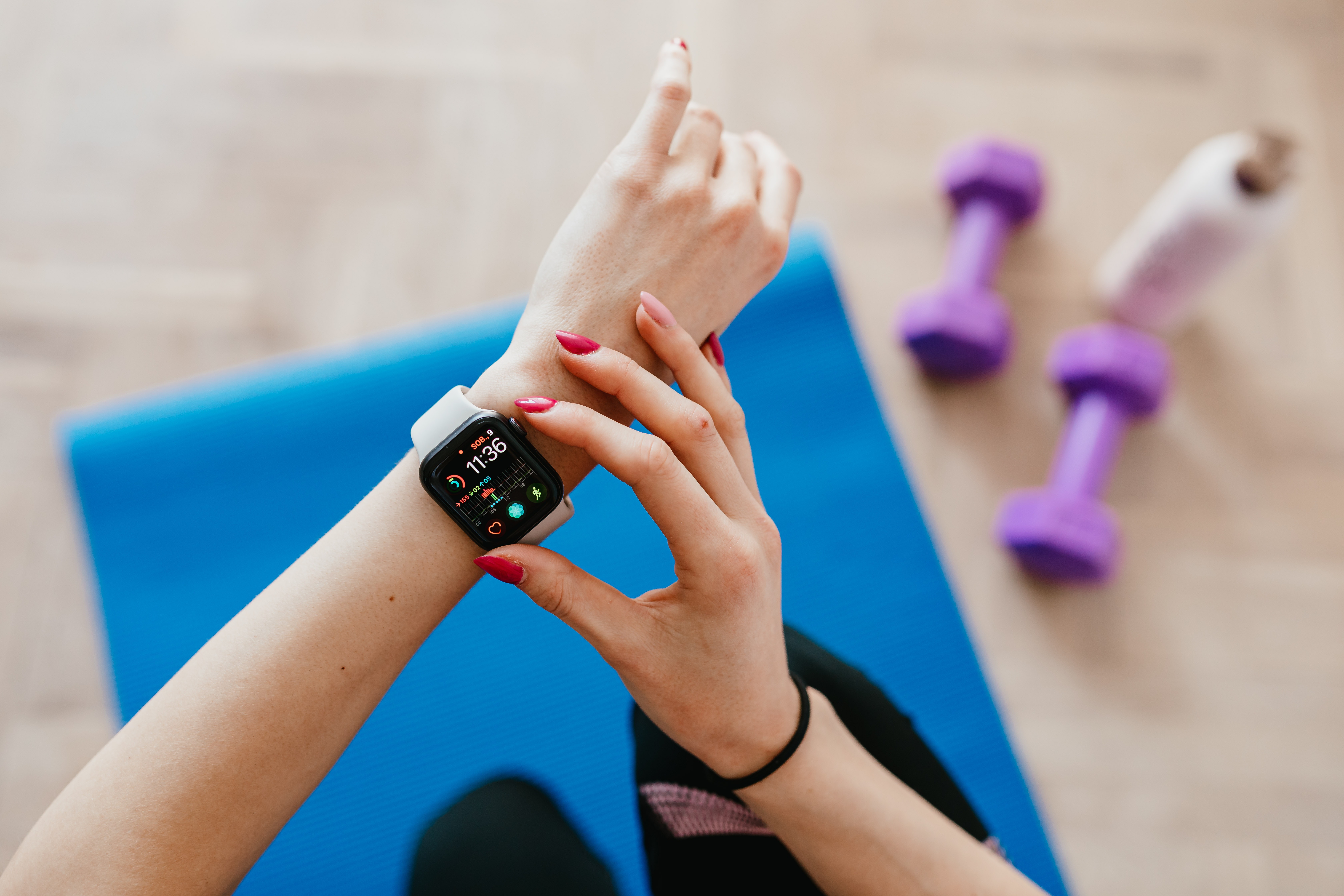In the digital age, technology has profoundly transformed almost every facet of our lives – from how we work and communicate, to how we shop, learn, and entertain ourselves.
But perhaps one of the most impactful transformations brought can be found in the realm of healthcare technology. With the ability to easily store, collect, and access medical information, technology is revolutionizing the way we manage our health and well-being.
So what do these emerging healthcare technology trends mean for us? Let’s take a closer look at where healthcare technology is headed and how it’s revolutionizing personal health management.
The Digital Health Revolution
It’s no surprise that technology has made significant strides in the healthcare sector, especially in recent years. We’re seeing a shift from traditional face-to-face medical consultations to telemedicine, a new normal catalyzed by the global pandemic.
We’re observing the advent of various health apps that can monitor, advise, and support our health journeys. Wearable health devices are becoming increasingly prevalent, providing us with invaluable real-time data about our bodies.
All of these developments are part of the broader digital health revolution, making healthcare more accessible, proactive, and personalized than ever before. And the benefits are many, including:
- Lower healthcare costs: By providing preventative care and remote self-monitoring, digital health can reduce the need for costly medical visits.
- Expanded access to healthcare: With more options for telehealth services and increased availability of virtual consultations, people in rural or underserved areas no longer have to travel long distances to receive treatment.
- Improved patient outcomes: With better data collection and analysis, digital health tools can help healthcare providers make more informed diagnosis and treatment decisions.
- Increased patient engagement: Digital health solutions such as remote monitoring systems enable patients to be actively involved in their own care. This improved communication between doctors and patients results in better outcomes.
Telemedicine: Bridging Distances
Telemedicine has surged in popularity as a convenient and effective alternative to in-person visits. This technology allows health care professionals to evaluate, diagnose, and treat patients remotely using telecommunications technology.
Telemedicine reduces the need for travel, cuts waiting times, and allows patients to receive care from the comfort of their homes. It’s especially beneficial for patients in remote locations or those with limited mobility, ensuring they receive the care they need without unnecessary inconvenience.
Health Apps: Your Health, On Your Fingertips
A variety of health apps have popped up, catering to diverse health concerns, from nutrition, mental health, and fitness to chronic disease management. Some of the most popular apps include:
- MyFitnessPal: Track your diet and exercise goals with this app.
- Headspace: Get guided meditation sessions to help focus or relax.
- ChronicCareIQ: Manage chronic conditions like diabetes, asthma, and hypertension with self-management tools.
- Apple Health: A comprehensive app that lets you track your activity, sleep, nutrition, and more.
These apps provide a wealth of health information, reminders for medication, personalized diet plans, cognitive behavioral therapy, exercise routines, and so much more, all on your smartphone. They act as personalized health coaches, helping users to make informed decisions about their health and wellness.
Wearable Devices: Real-time Health Monitoring
Wearable devices like fitness trackers and smartwatches have taken health management to a new level.
By monitoring vital signs like heart rate, sleep patterns, blood oxygen levels, and physical activity, these devices offer insights into our health in real time. They allow us to track progress toward fitness goals, detect potential health issues early, and provide useful data to healthcare providers.
And while these wearables were once a luxury tech item, many brands have released affordable models that offer a range of features, allowing even more users to keep up with their health and fitness goals.
Remote Patient Monitoring: Personalized Care at Its Best
Remote patient monitoring solutions allow healthcare providers to monitor patients outside of conventional clinical settings, increasing access to care and reducing healthcare delivery costs.
These systems enable providers to collect various health data from individuals, from vital signs to blood glucose levels. The data can then be used to make personalized care plans, predict potential health crises, and reduce the frequency of hospital readmissions.
For example, many companies now offer remote patient monitoring systems, including devices such as blood pressure cuffs, glucometers, scales, thermometers, and more.
These tools can measure vital signs and offer insights into an individual’s health status. Combined with other data points such as diet, exercise, medications, and lifestyle habits, these tools can help providers create personalized plans for each patient.
Future Trends: The Power of AI, ML, and IoT
The future of healthcare technology is exciting and promising. With developments in Artificial Intelligence (AI), Machine Learning (ML), and the Internet of Things (IoT), we’re looking at predictive analysis for disease outbreaks, advanced patient data analysis, real-time health tracking and alert systems, and improved patient care.
- AI: AI has the potential to revolutionize healthcare, from automating mundane tasks to understanding complex medical problems. By leveraging AI-enabled technology, providers can quickly diagnose and treat patients more accurately.
- ML: Machine learning will be used to identify patterns in patient data that can help providers better understand a patient’s risk factors and provide more tailored care. Additionally, ML will help providers quickly and accurately diagnose and treat diseases.
- IoT: IoT provides a way to remotely monitor patients, removing the need for hospital visits. With IoT-enabled devices, physicians can track vital signs such as heart rate, temperature, blood pressure, and respiratory rate in real-time and remotely monitor them.
Embracing The Future of Healthcare Technology
The rise of digital health technologies has shown us that the future of healthcare is not just about curing diseases and managing health conditions. It’s about predictive, preventive, personalized, and participatory care.
As we move forward, let’s embrace these technologies and make informed decisions about our health, taking active roles in managing and improving our well-being. When we can do this, we can move toward a future of better health outcomes and improved quality of life for everyone!





